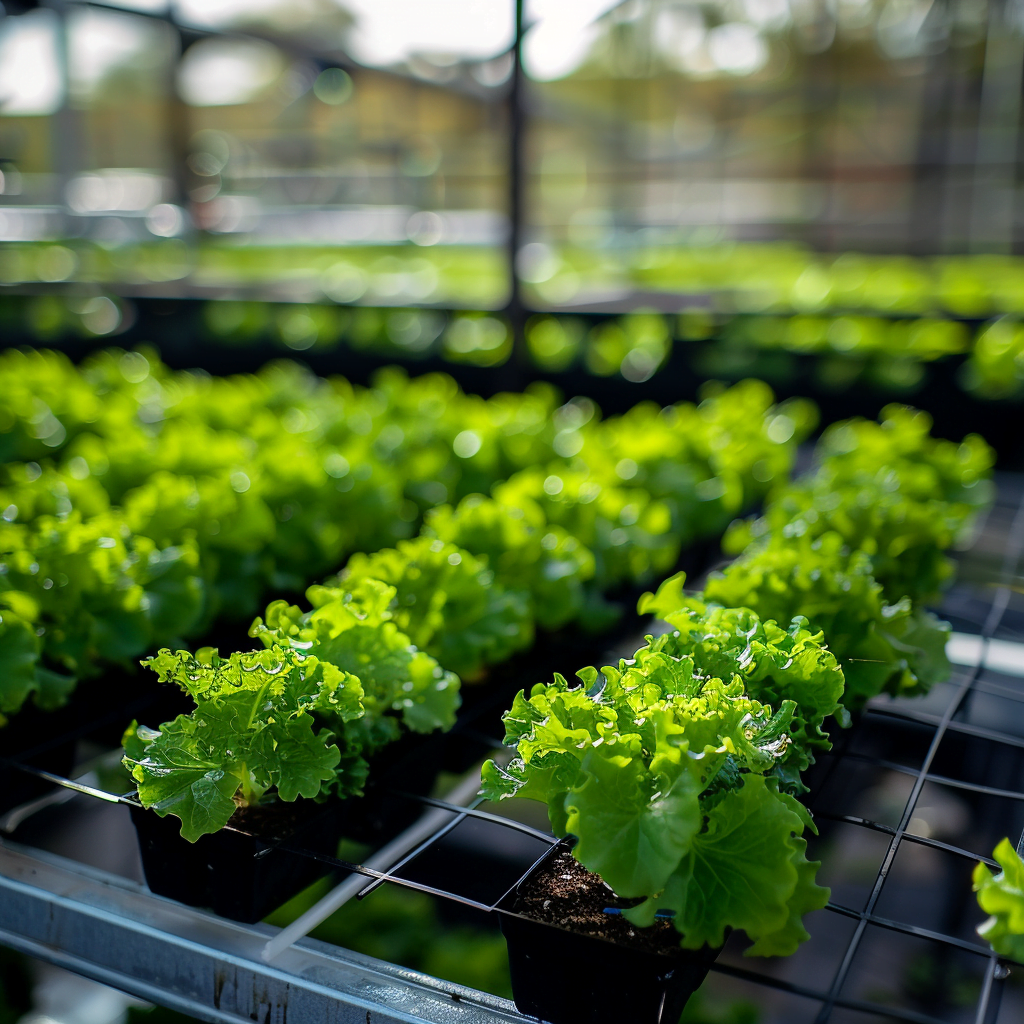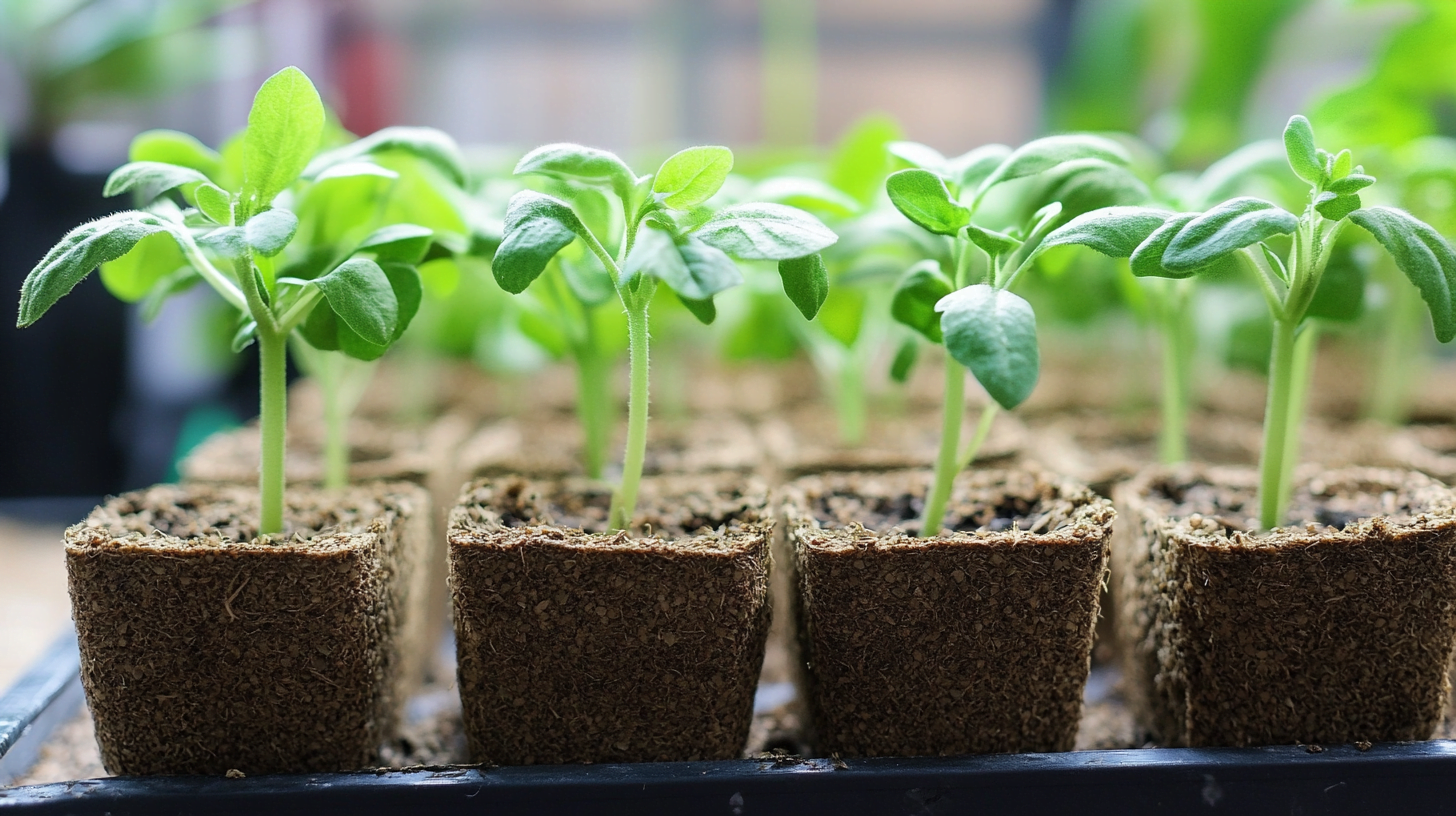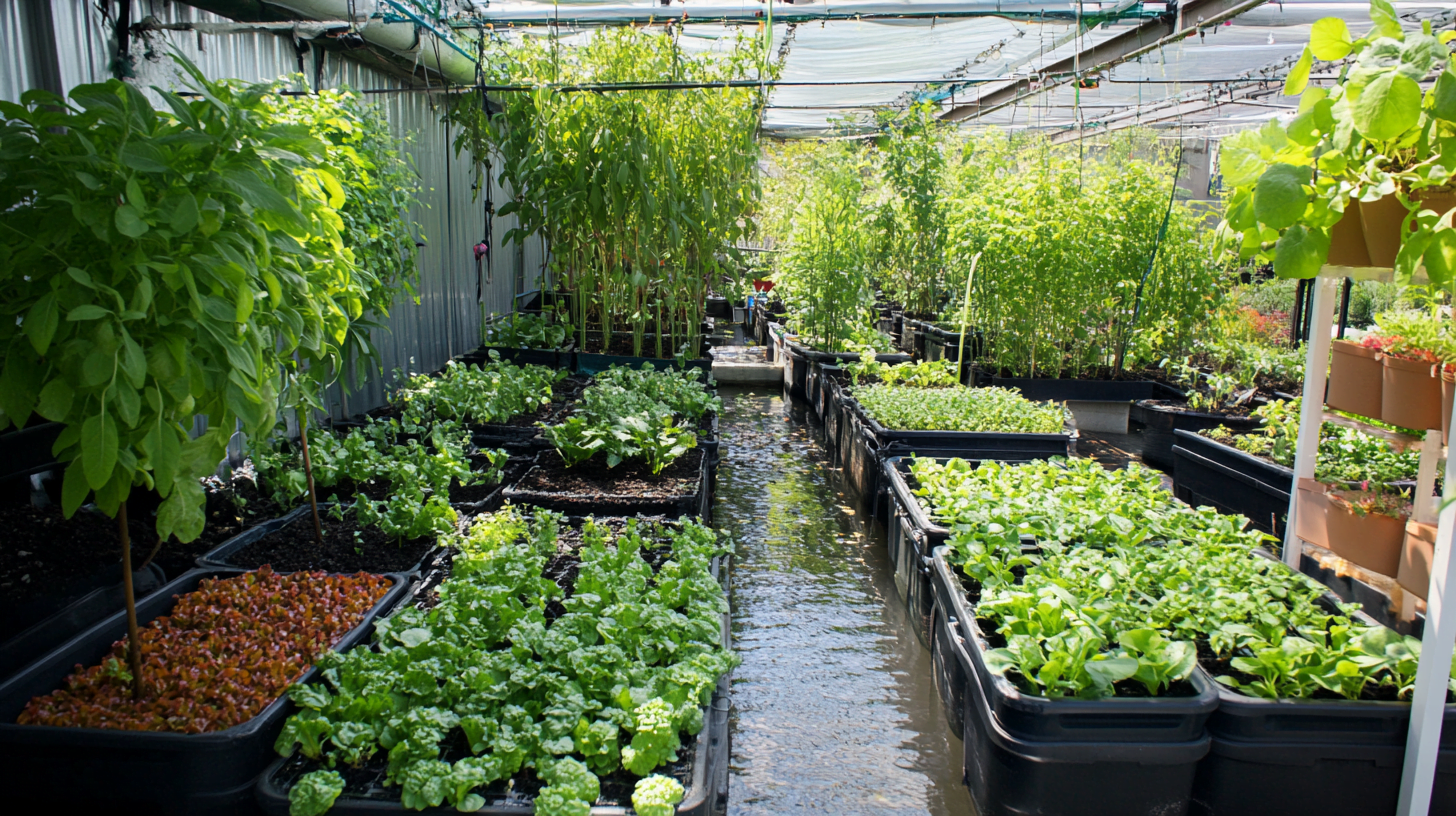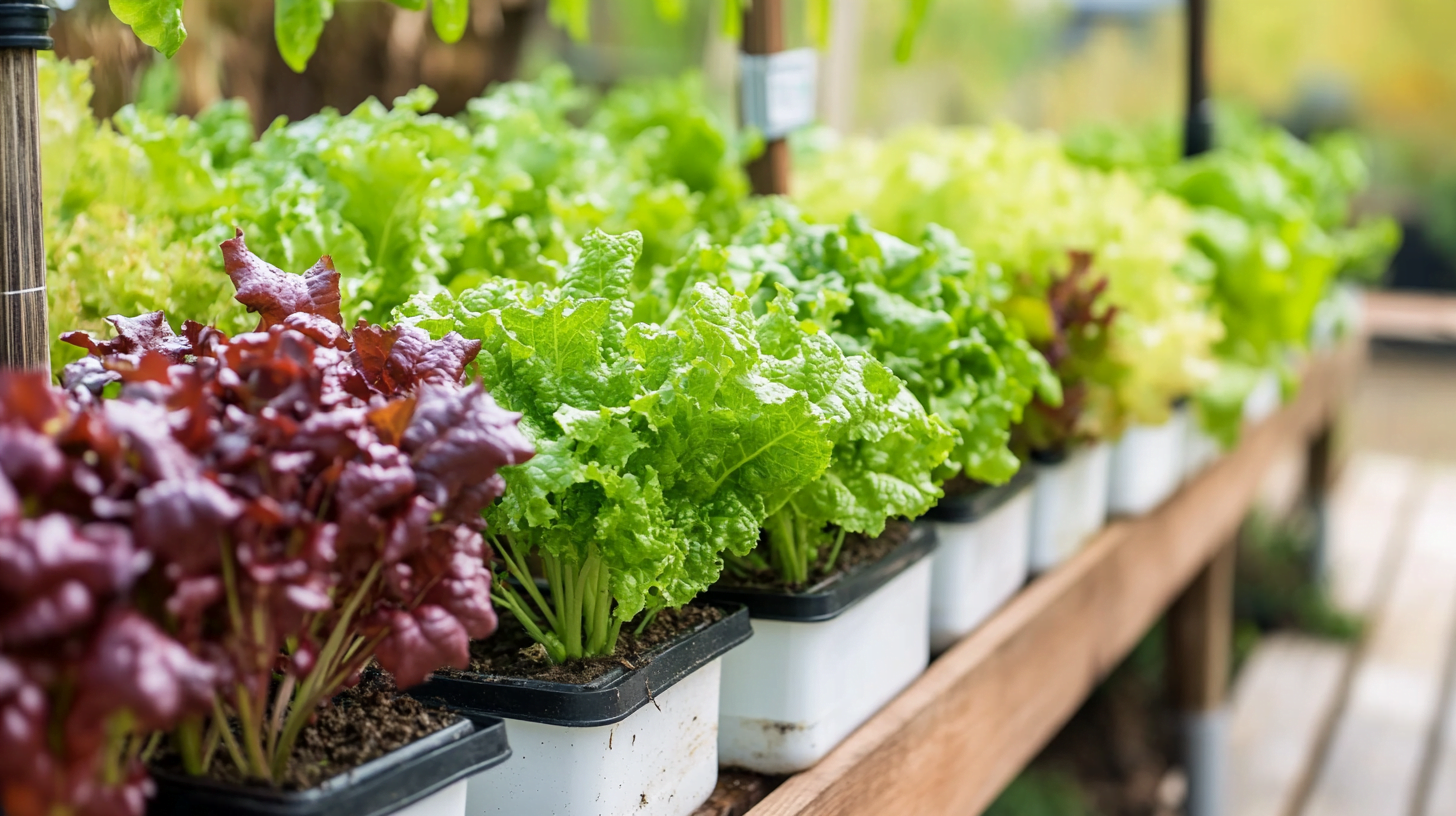Hydroponics has been growing in popularity as a method to grow plants without soil. Proponents highlight advantages like faster growth rates, higher yields, and less water usage. However, there are also some distinct downsides to be aware of. In this comprehensive guide “What is Bad About Hydroponics?”, we’ll explore the key disadvantages and what you need to know before jumping into hydroponics.
Higher Upfront Costs
One of the biggest barriers facing new hydroponic growers is the higher upfront investment required. Setting up a system properly requires purchasing key pieces of equipment:
- Grow lights – since natural sunlight is lacking, specialized HID or LED grow lights are needed. These fixtures can cost $100+ apiece.
- Tents/greenhouses – to contain the growing setup, a tent or sealed greenhouse dome must be purchased. Expect prices from $50 for small hobbyist models up to over $1000 for large commercial greenhouses.
- Reservoirs/trays – custom reservoirs, buckets, or troughs are required to hold the nutrient-rich water. These range from $25 and up.
- Aeration pumps/tubing – to properly oxygenate the root zone, air pumps and tubing should be installed. $50-150 for these components.
In total, a starter hydroponic system can require $500-1000 upfront, compared to just some basic pots and soil for standard gardening. The ongoing costs for nutrients, pH buffers, replacement parts, and electricity also add up over time.
Increased Risk of Problems
Without the buffering effect and biological activity of soil, maintaining a hydroponic system requires careful monitoring and intervention:
- Nutrient levels must be continually tracked and adjusted in the water reservoir to avoid deficiencies.
- pH can swing out of the optimal range rapidly if not measured and amended. Going too acid or alkaline severely impacts nutrient uptake.
- Algae/fungi are more likely to take hold without soil’s competition, sometimes requiring restarting systems.
- Equipment failures, while rare with quality gear, can lead to major crop losses if not caught promptly.
This increased vigilance and risk of crop-damaging issues is a notable downside. While soil gardens also require care, they are generally more forgiving and stable.
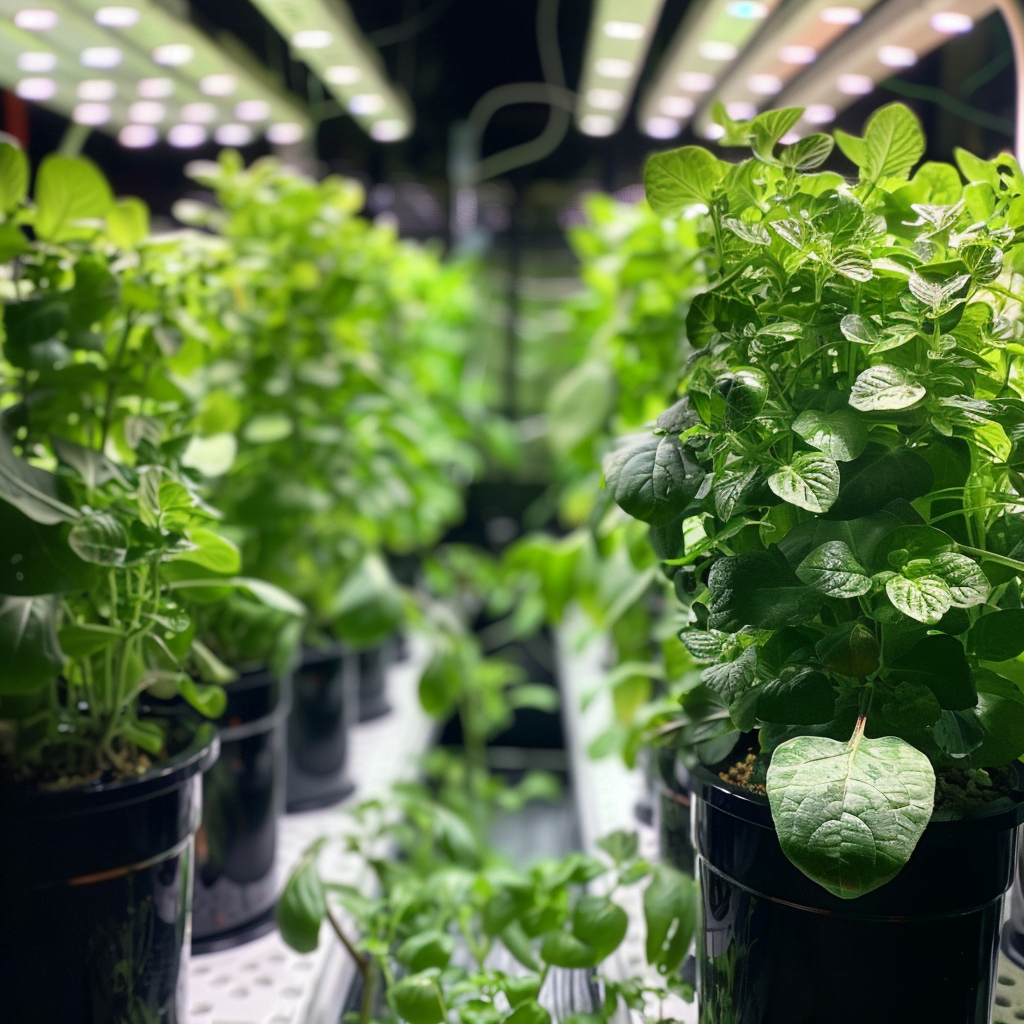
More Complex Maintenance
In line with the above risks, hydroponic systems require more complex and time-consuming maintenance:
- pH/nutrient monitoring – testing and adjusting levels in the reservoirs 2-3 times per week.
- Equipment cleaning – sterilizing tubes, pumps, tents to prevent pathogens.
- Water top-offs – replacing water lost through plant transpiration.
- Filter cleaning – clearing out debris that can block irrigation.
- Aeration – ensuring air pumps are functioning properly.
- Temperature/humidity – maintaining optimal ranges, especially for fruiting plants.
The increased workload and need for specialized knowledge can be daunting for novice gardeners used to simple soil methods. Automation technology has eased this somewhat, but hands-on maintenance remains essential.
Limited Plant Choices
While many vegetables and herbs thrive under hydroponics’ optimized conditions, some plants are still better suited to soil:
- Fruiting plants like tomatoes, peppers, and cucumbers can have more issues with pollination, calcium deficiencies, and setting fruit properly in hydroponic setups.
- Root crops like potatoes, carrots, onions, garlic, and beets depend on soil qualities to properly enlarge edible roots.
- Many native flowers and perennials are adapted to depend on soil ecosystems.
So while fast-growing greens and herbs certainly excel with hydroponics, the systems do not offer universal planting flexibility – soil still holds some advantages for flowering and rooting plants.
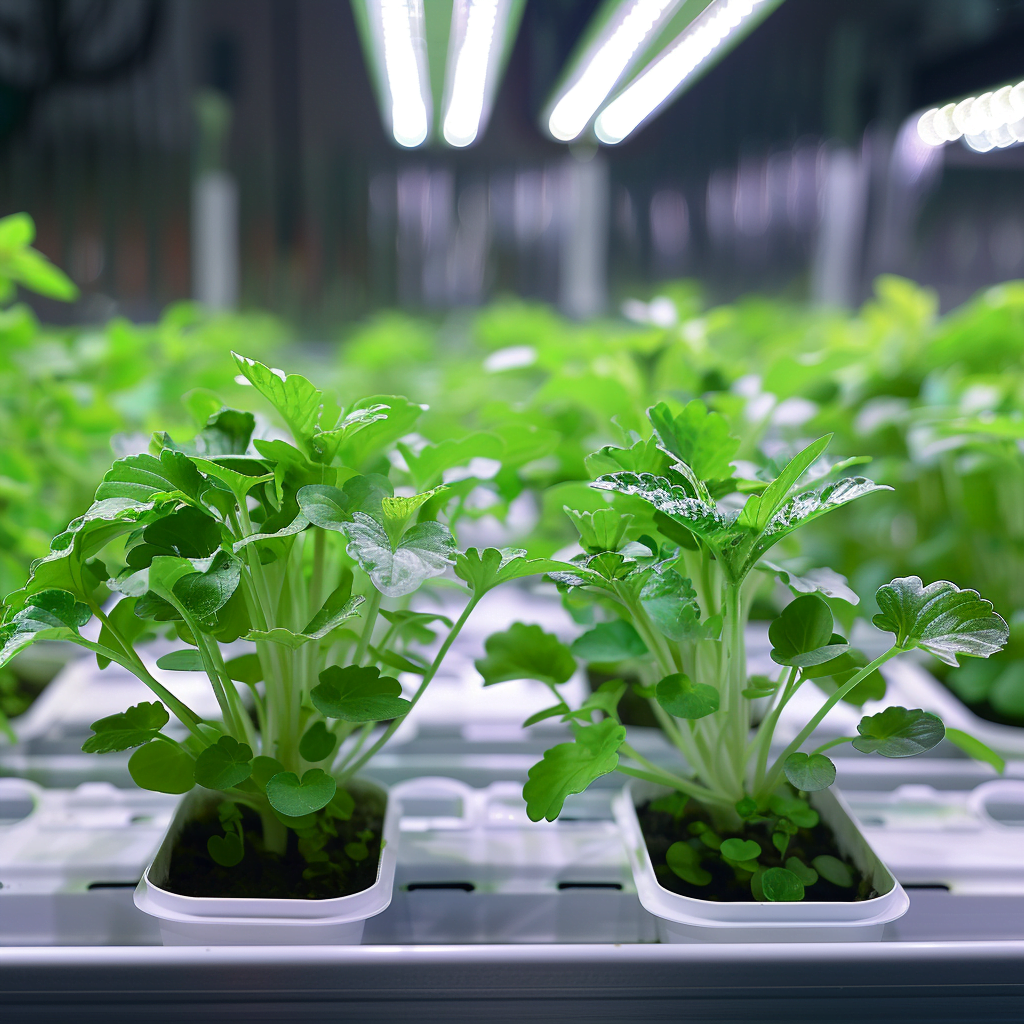
Steeper Learning Curve
As evidenced already, successfully managing plant growth in an artificial, soilless hydroponics system requires specialized knowledge and technique:
- Optimizing nutrient concentrations for different plants takes an understanding of mineral supplementation beyond basic fertilizers.
- Adapting and troubleshooting systems for maximum growth rates involves mechanical, electrical, and plumbing skills as well.
- Preventing and managing pests/diseases without soil microbiomes as allies is another challenge requiring study.
Expect a substantial period of trial and error when first starting out. Have patience – over time and with practice a hydroponic grower can master the technical intricacies involved and achieve impressive results. But the learning curve is undoubtedly steeper compared to soil gardening.
No Microbiome Benefits of Soil
The soil environment itself provides plants with a number of symbiotic benefits via the diverse microbiome of bacteria, fungi, protozoa, and more that inhabits it. This cooperative soil life aids with:
- Nutrient availability through fixing nitrogen.
- Pest/disease resilience by outcompeting pathogens.
- Water retention and nutrient transportation support via mycorrhizal associations.
By necessity, hydroponic systems utilize a largely sterile, soilless medium. While supplements can help fill some gaps, the rich, complex soil biome is unable to establish, lacking this aspect.
Conclusion
Hydroponics, for all its advantages, does come with downsides to consider as well when contemplating setting up a system. However, armed with full awareness of the higher costs, increased maintenance, steeper learning curve, and inherent risks, growers can account for the challenges involved and weigh if the benefits still make it a worthwhile endeavor for their needs.
For the right plants and gardens, and with realistic expectations going in, hydroponics can still enable growing bountiful, nutritious crops with less space, water, and waste than other methods. The tradeoffs and downsides are manageable – just be prepared and patient. Do your homework before taking the plunge!
